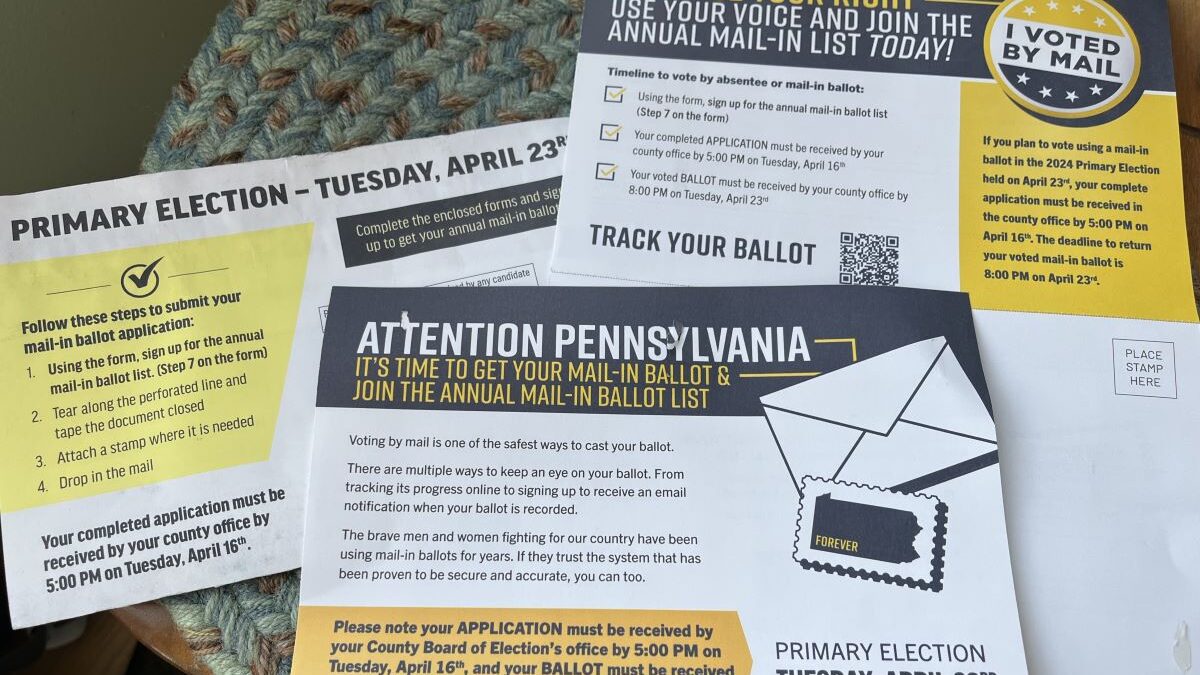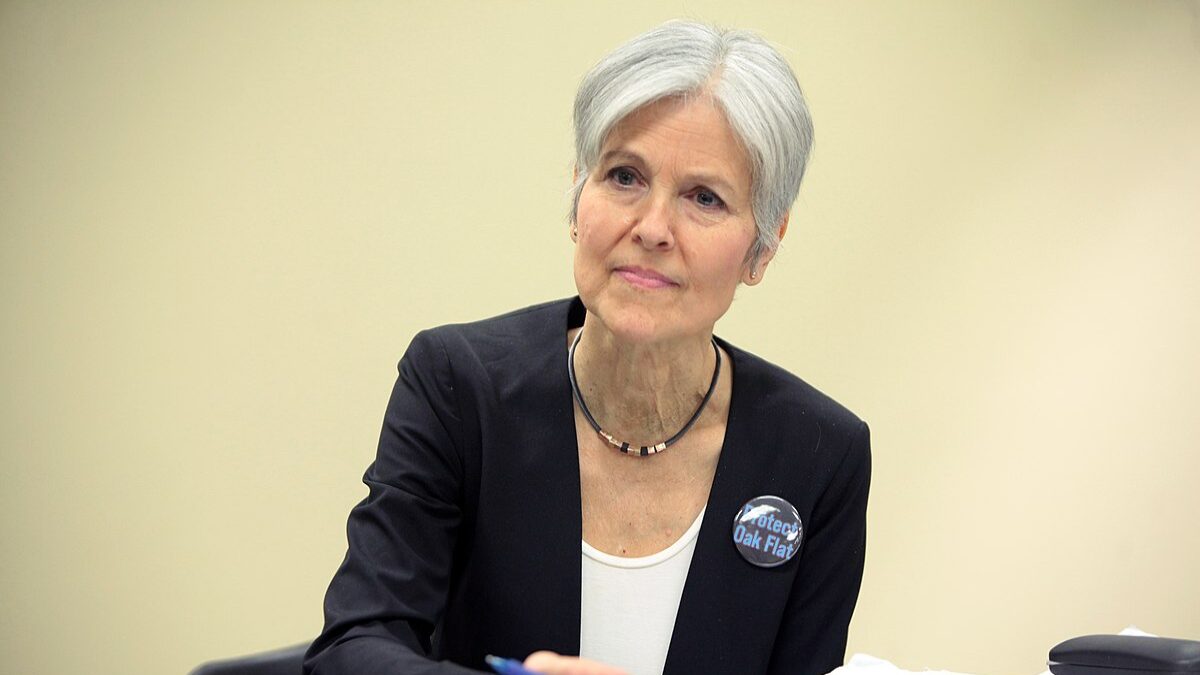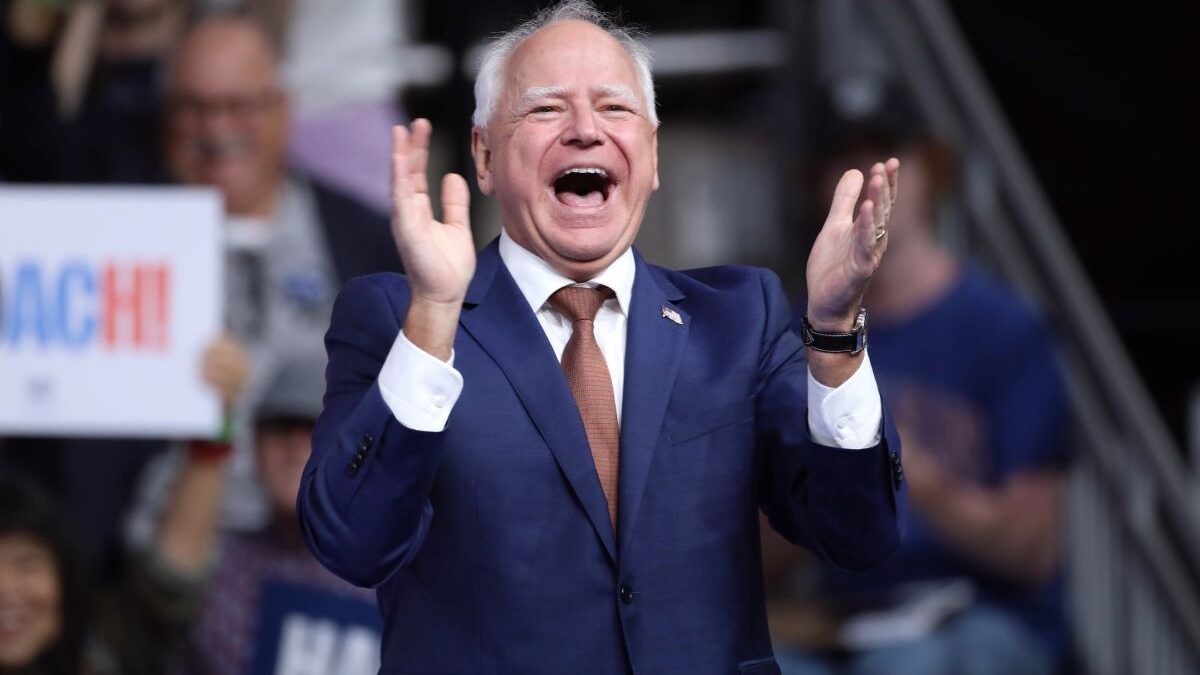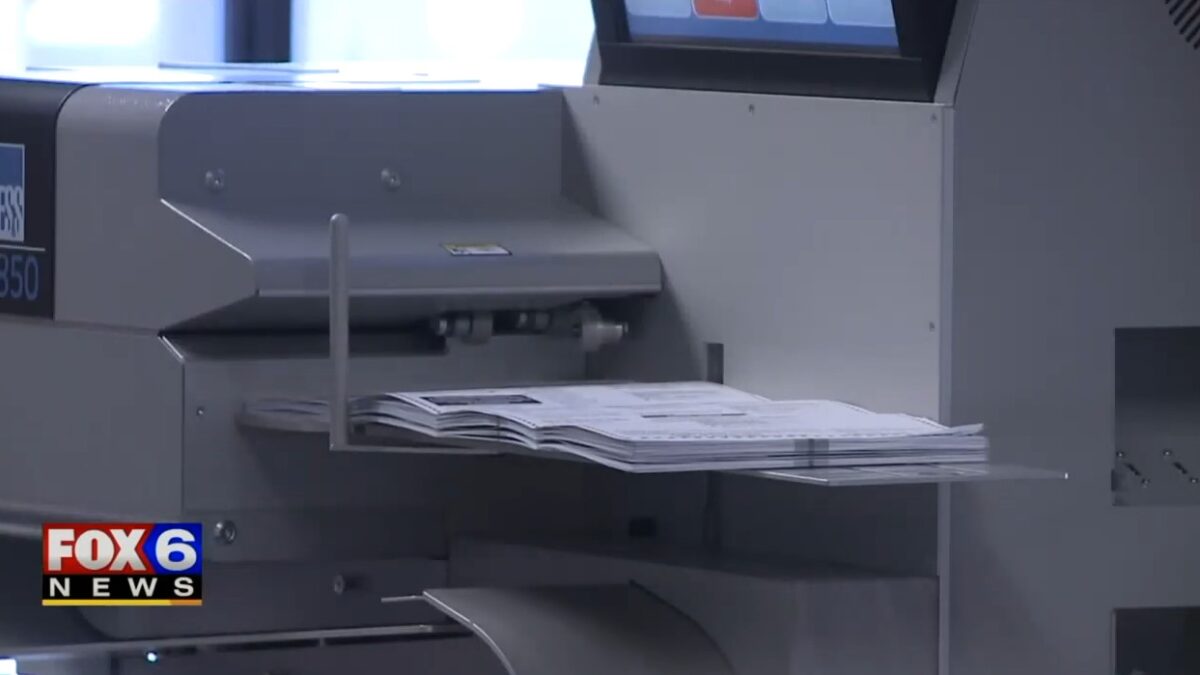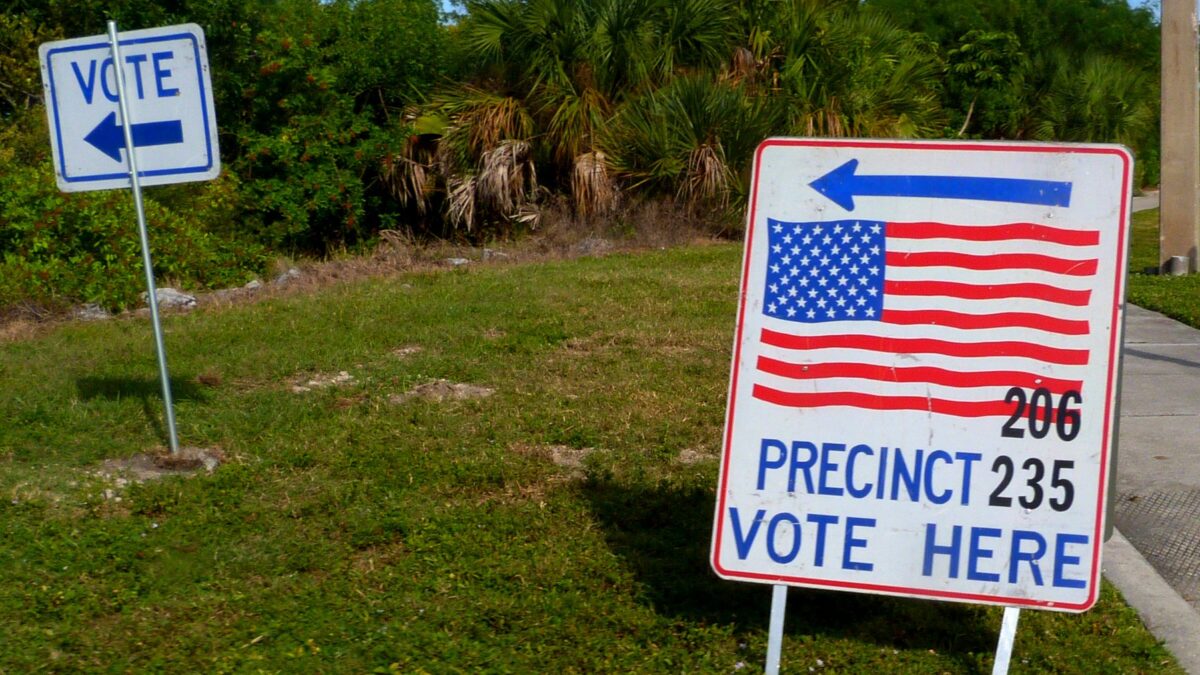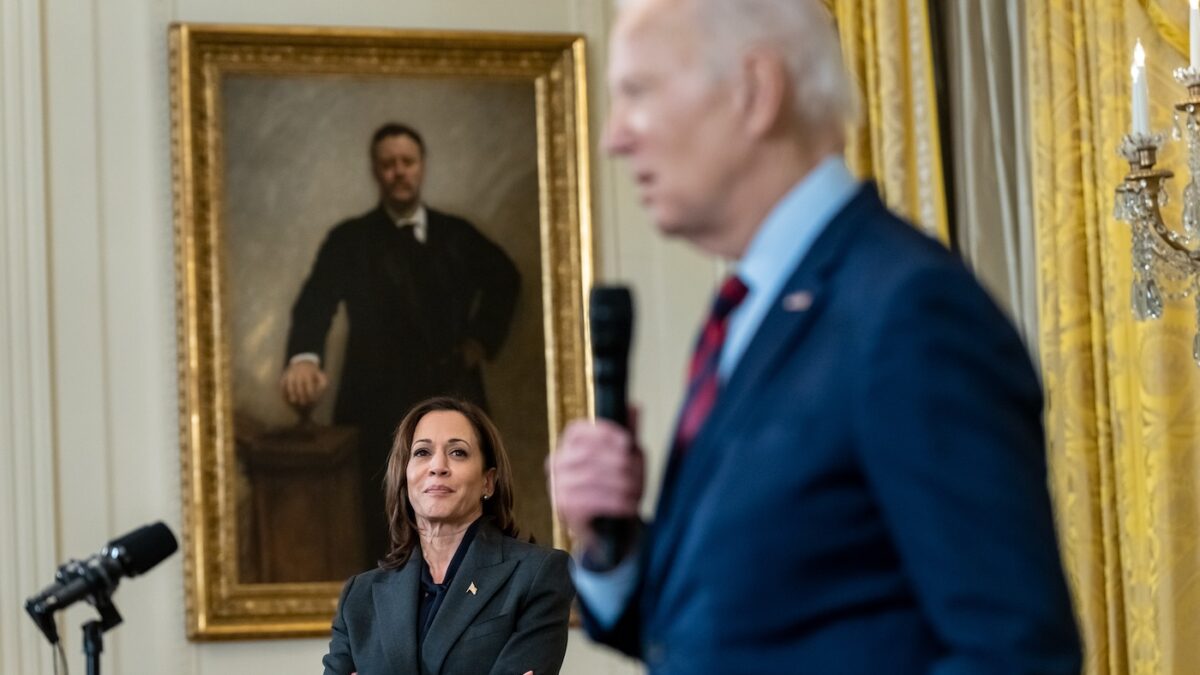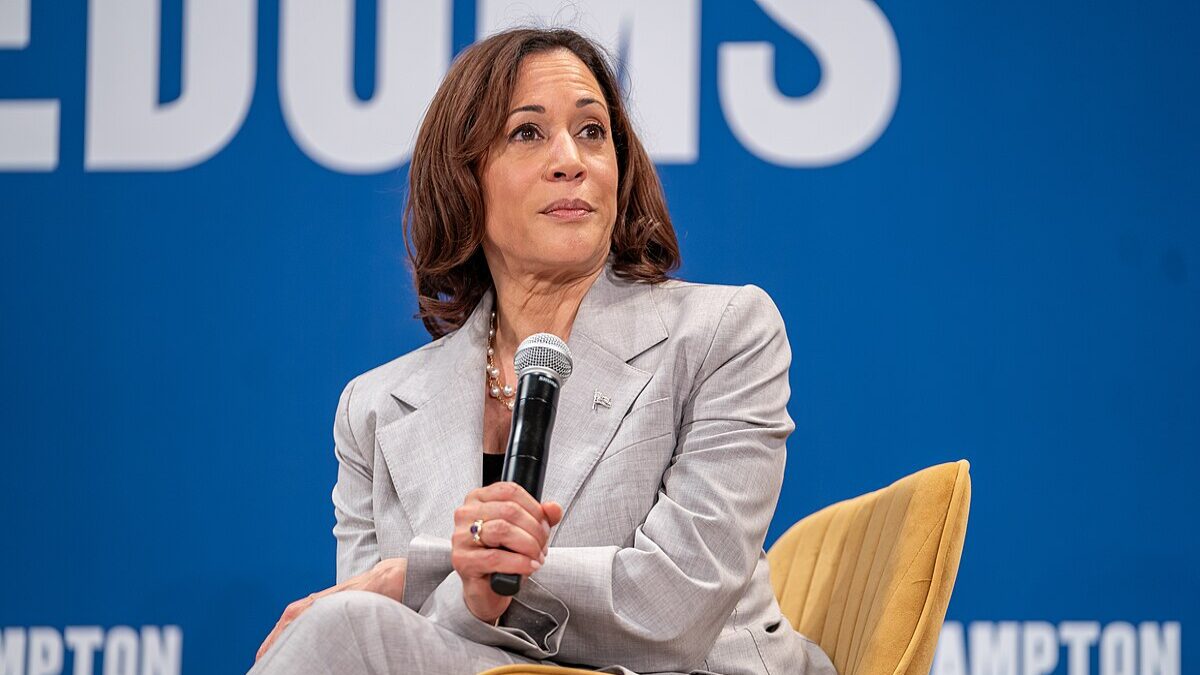Pennsylvania election officials have been fighting to keep public election records under wraps, despite state law that requires transparency. A recent Commonwealth Court decision partially solves the dispute, but still allows the state to conceal some records.
The decision stems from an Aug. 1, 2022, “Right to Know” request Michelle Previte made to the Erie County Board of Elections.
She asked the county to provide electronic copies of records from the 2020 general election, including the images of all mail-in and absentee ballots, images of all outer envelopes which contain each voter’s signature and the date, and images of all ballots cast at polling places.
The county said no, citing Section 308 of the state Election Code as proof the documents were not public records. The code was written in 1937, long before computers or electronic voting systems.
The code specifies “all official mail-in ballots, files, applications for ballots,” envelopes with signatures, and “all information and lists” are public records. Section 308 lists other records open to public inspection, except for “contents of ballot boxes and voting machines and records of assisted voters.”
The county argued Previte’s request fell under these exceptions because the images were the contents of voting machines and therefore “shielded” from the Right to Know law.
She appealed the decision to the Pennsylvania Office of Open Records. The office determined that the in-person ballots are not open to the public, but the outer envelopes and the mail-in and absentee ballots are open to the public.
Erie County kept fighting. It appealed the Office of Open Records’ decision to the Court of Common Pleas in November 2022. The county won that round, with the court deciding none of the records she sought were for public eyes.
Previte appealed, this time to the Commonwealth Court, which issued a decision July 31, two years after her initial request. By the time of her appeal, Previte had dropped the request for the envelopes. The county did not make electronic scans of the envelopes in that election, and she decided not to go through the original, individual envelopes by hand, her attorney said. Because of this, the higher court did not consider the envelopes.
The Commonwealth Court reversed the lower court’s decision. It decided images of completed absentee and mail-in ballots are public records that can be obtained through a Pennsylvania Right to Know request. The decision allows Previte to see images of the mail-in ballots but not the ballots from in-person voting.
Attorney Thomas Breth, a partner at Dillon McCandless King Coulter & Graham, represents Previte in this case and told The Federalist it is “mind boggling” that election officials are reluctant to share public documents at a time of unprecedented skepticism about election integrity.
“These boards of election, and the secretary of the commonwealth,” Breth said, “have the ability to be transparent and to demonstrate to the public that the elections are being conducted in a fair and honest manner. They’re choosing to try to put a cloak of secrecy over the information that’s needed to really establish that we have fair, honest elections. … It’s literally beyond my understanding.”
Counties are taking guidance from the Pennsylvania Department of State.
Jonathan Marks, deputy secretary for elections and commissions, sent an Oct. 11, 2022 letter to all county election officials, suggesting they were not required to release copies of ballots or envelopes from elections.

“It is the department’s position that voted ballots are not subject to disclosure under the Election Code,” Marks wrote. “Unfortunately, there have been a few [Office of Open Records] decisions that have concluded that the Election Code potentially permits disclosure of said ballots.”
Previte’s case was one of three snubbed Right to Know requests that ended up in court.
Heather Honey, executive director of the Election Research Institute and an analyst and election systems expert, requested the Cast Vote Record (CVR) from Lycoming County’s Offices of Voter Services. The CVR includes an image of each cast ballot and a data file showing how the voting system counted the ballot, Honey explained to The Federalist.
Honey’s case went through a similar series of appeals but ultimately, the Commonwealth Court sided with Secretary of the Commonwealth Al Schmidt and denied her access to the records. The Office of Open Records said the CVR is the same as the contents of the ballot box, and worried if someone had the data in the CVR, they could figure out “information about individual voters.”
It’s worth noting the voter’s name appears only on the exterior of the mail-in ballot envelope, which is separated from the ballot before the ballot is scanned into the system.
The law calls for absolute ballot secrecy. The Department of State approved the voting system. If people could figure out how individuals voted through the CVR, the Department of State could not legally certify the voting system for use in Pennsylvania, Honey said.
“The department used taxpayer money and resources to appeal the decision of a judge and go to the Commonwealth Court,” Honey told The Federalist, adding that anyone with a third-grade reading level would understand that the code would include the data she requested. “It’s a slap down of the Department of State trying to limit transparency. … It should have never been in court. The only reason that they had to go to court is because the Department of State was arguing the absurd.”
In the July 31 opinion in the Previte case, the Commonwealth Court considered Honey’s case in its discussion.
Judge Patricia McCullough issued a dissent in the Honey case and reflected back to it in her concurrence in Previte’s case, saying she continues to believe that Section 308 of the Pennsylvania Election Code does not shield completed ballots and digital copies from public records requests once those ballots have been scanned by an electronic voting system.
“Erie County uses optical scanners to scan, tabulate, and create an image of each cast vote and are part of the County’s electronic voting system,” McCullough wrote in her Previte concurrence. “By definition, scanners are not ballot boxes or voting machines. They are separate and distinct parts of the voting process, the purpose of which is to tabulate vote data.”
Digital copies that have been scanned through a scanner are not shielded from public disclosure because scanners are not part of the voting machine, she said, and added there is no violation of secrecy in voting as no correlation could be made between the votes on a digital copy and the identity of the voter.
Breth said there is a third case in which the requester asked for, and did not receive, both the CVR Honey asked for, and records similar to what Previte requested. He is involved in all three cases and expects to go back to court to show all the records, including ballots cast on election day, are public.
“As a state that is so fundamentally important to the outcome of presidential elections, we have an obligation to the country to do it correctly, do it transparently, and do it in a fashion that we’re proud of,” Breth said. “I’m personally embarrassed. I think we all should be embarrassed at the confusion and uncertainty of, quite honestly, the circus that surrounds elections in the last few years in the Commonwealth of Pennsylvania. We should do better. We have an obligation to do better.”
The Department of State did not respond to a request for comment.
